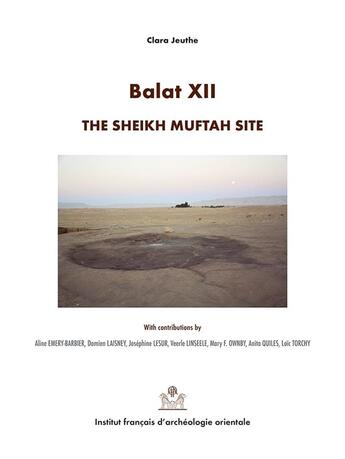-
Date de parution : 06/05/2021
-
Editeur :
Ifao
-
EAN : 9782724707687
-
Série :
(-)
-
Support :
Papier
Résumé:
In the area of Balat in the eastern Dakhla Oasis the archaeological mission of the Institut français d'archéologieorientalehas uncovered a large area consisting of various camps dating from the early 4th Dynasty (ca. 2600 BC), which were briefly but intensively occupied. These are understood to... Voir plus
In the area of Balat in the eastern Dakhla Oasis the archaeological mission of the Institut français d'archéologieorientalehas uncovered a large area consisting of various camps dating from the early 4th Dynasty (ca. 2600 BC), which were briefly but intensively occupied. These are understood to have served as residential base camps for some of the indigenous (and not yet fully sedentary) population of the oasis, the so-called Late Sheikh Muftah group. Little is known about this rather enigmatic group, but the excavations at Balat have revealed for the first time a well-preserved intra-site stratigraphy with hitherto unknown dwelling features for Sheikh Muftah contexts. The data gathered here is based on analysis of the features, the material culture and in-depth scientific studies. The new evidence offers not only hints about local crafts, food production and environmental conditions in Balat, but also represents a new contribution to ongoing discussions on subsistence and patterns of mobility of non-sedentary groups in the Western Desert. This has given archaeologists a glimpse of the lifestyle of the Sheikh Muftah group, and also, for the first time, shone a spotlight on daily life in a camp site in the oasis depression. The date of this occupation in the Early Old Kingdom falls into a period when Egyptian Pharaonic presence was just beginning to be evident in archaeological data. Cross-cultural contacts between the Balat Sheikh Muftah community and the Egyptian Pharaonic population, both within the oasis and into the Nile Valley are also in evidence and contribute to the discussions on transcultural exchange and assimilation processes in the oasis.
Donner votre avis









